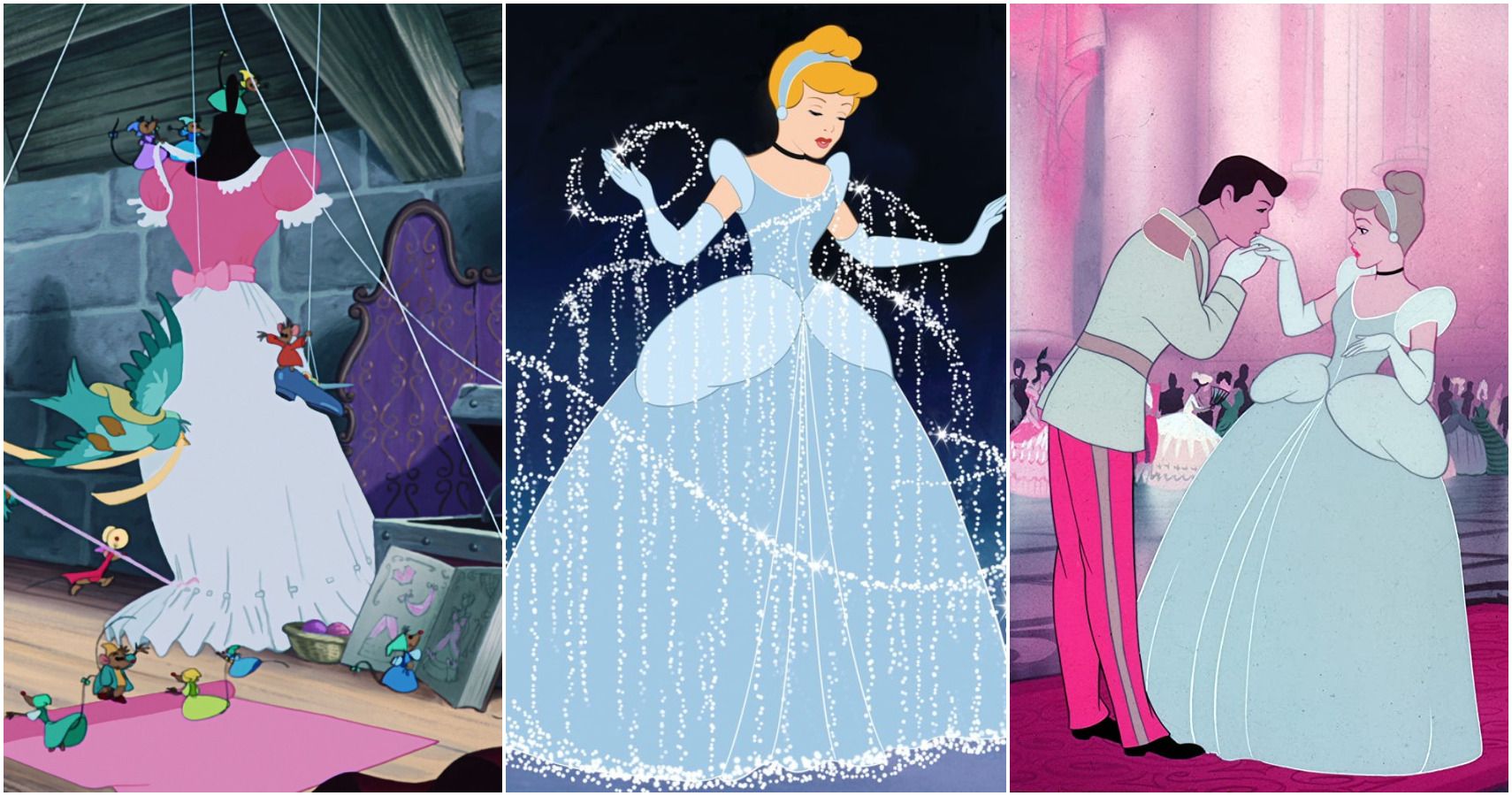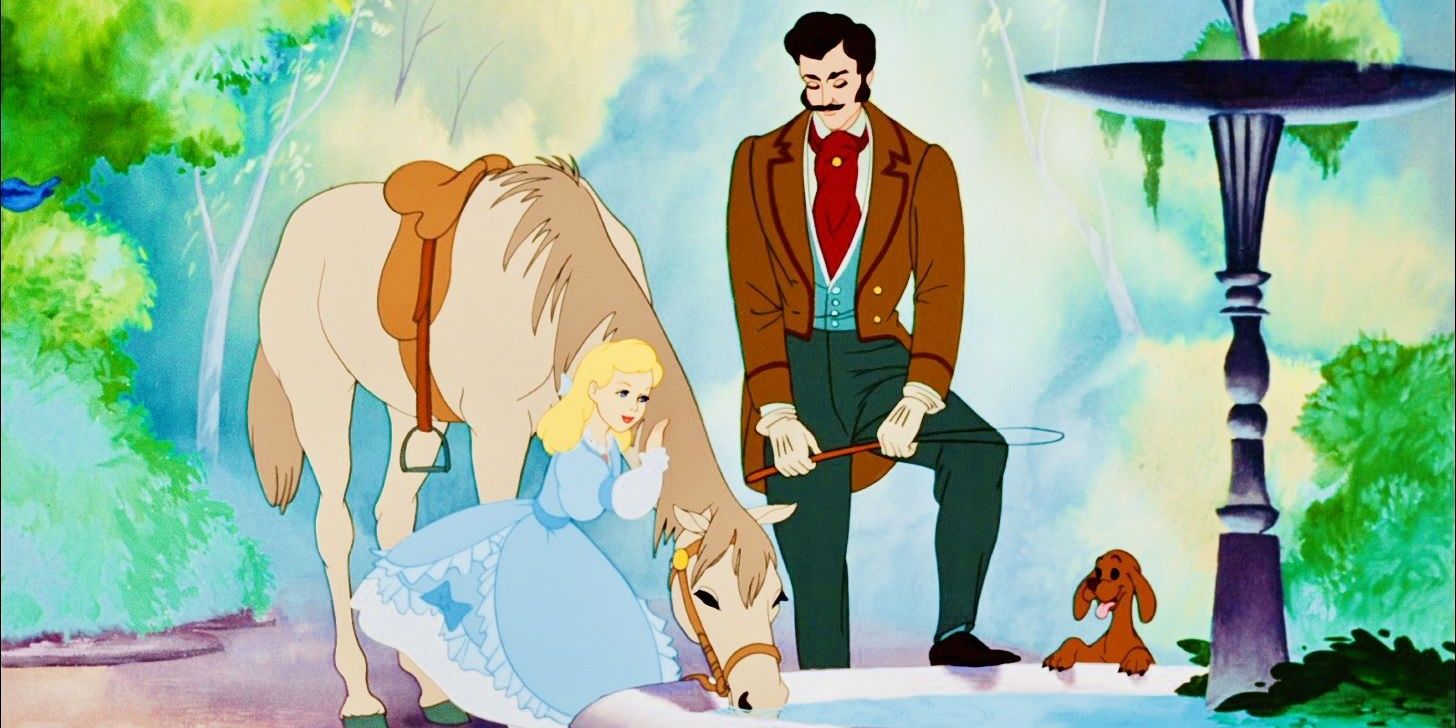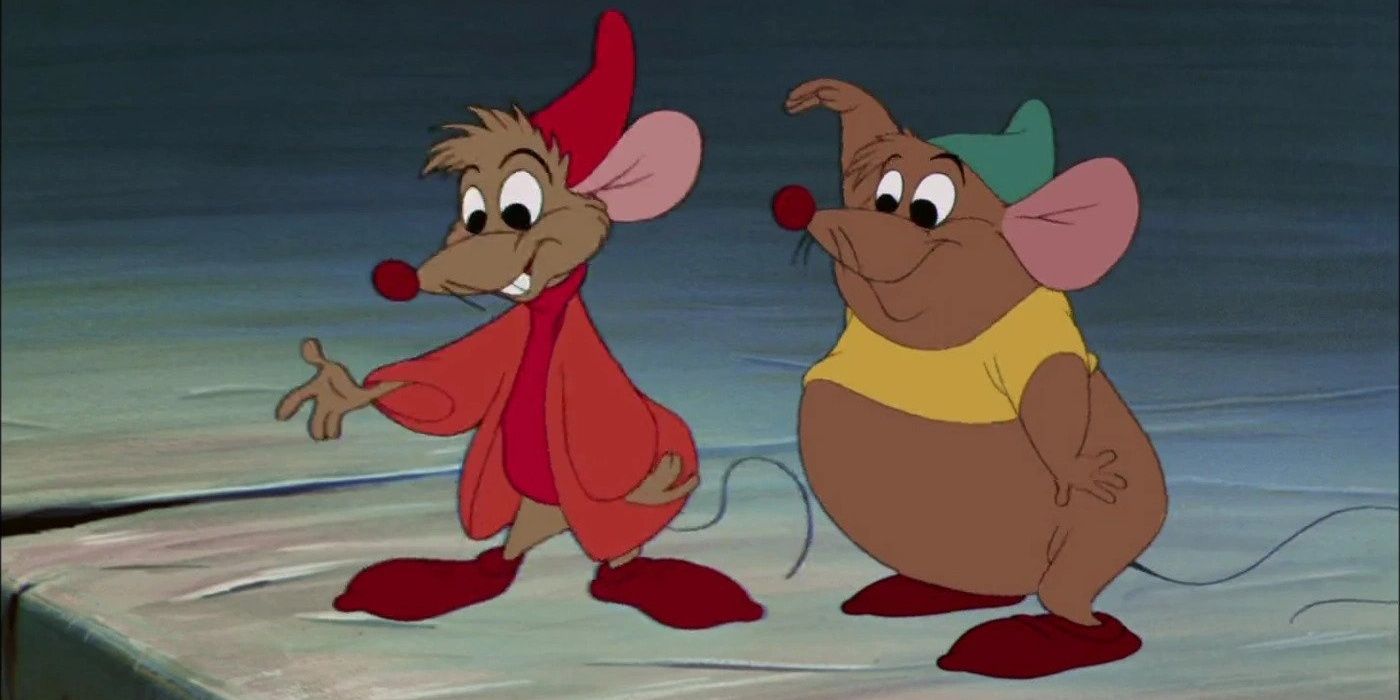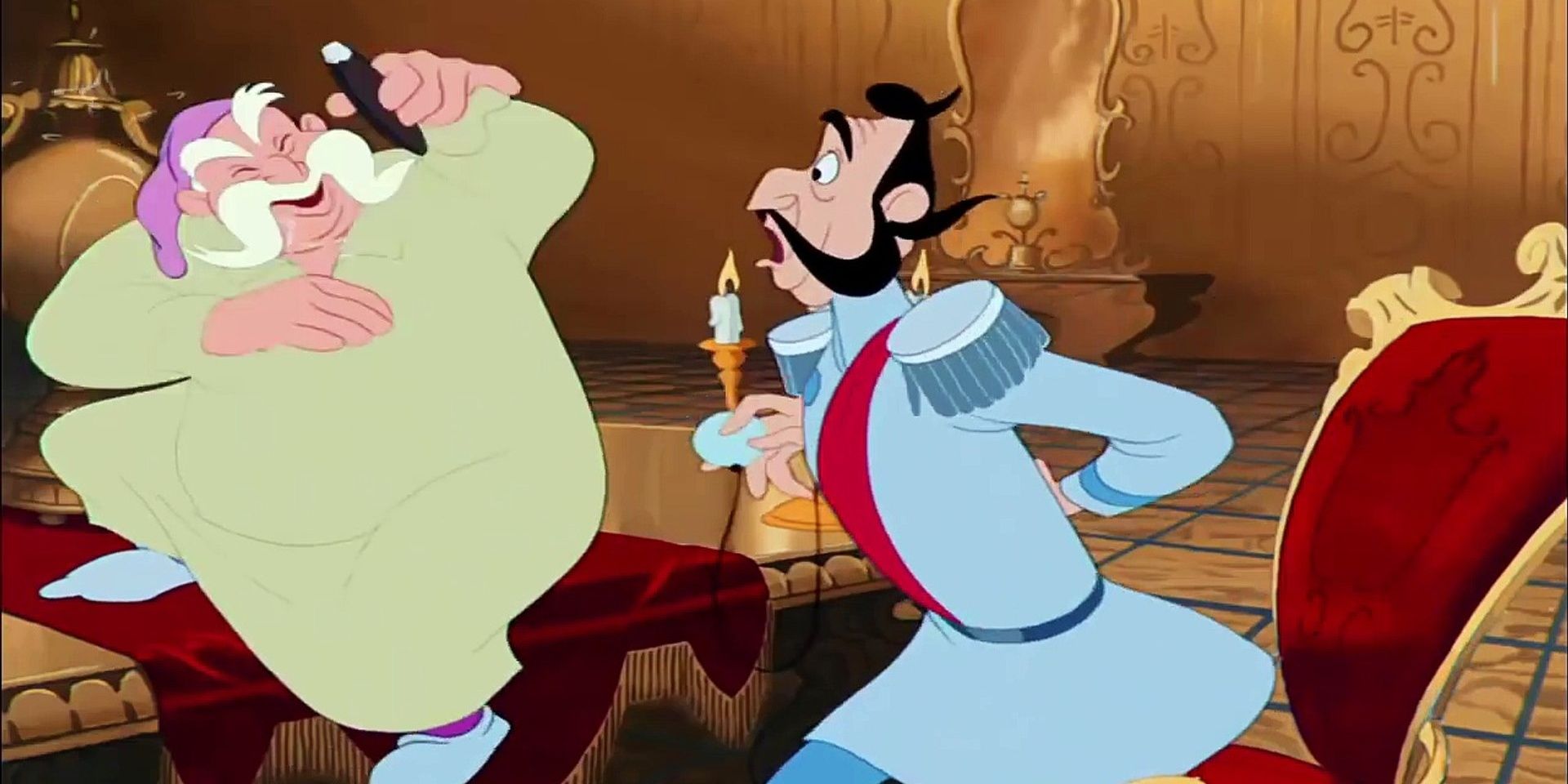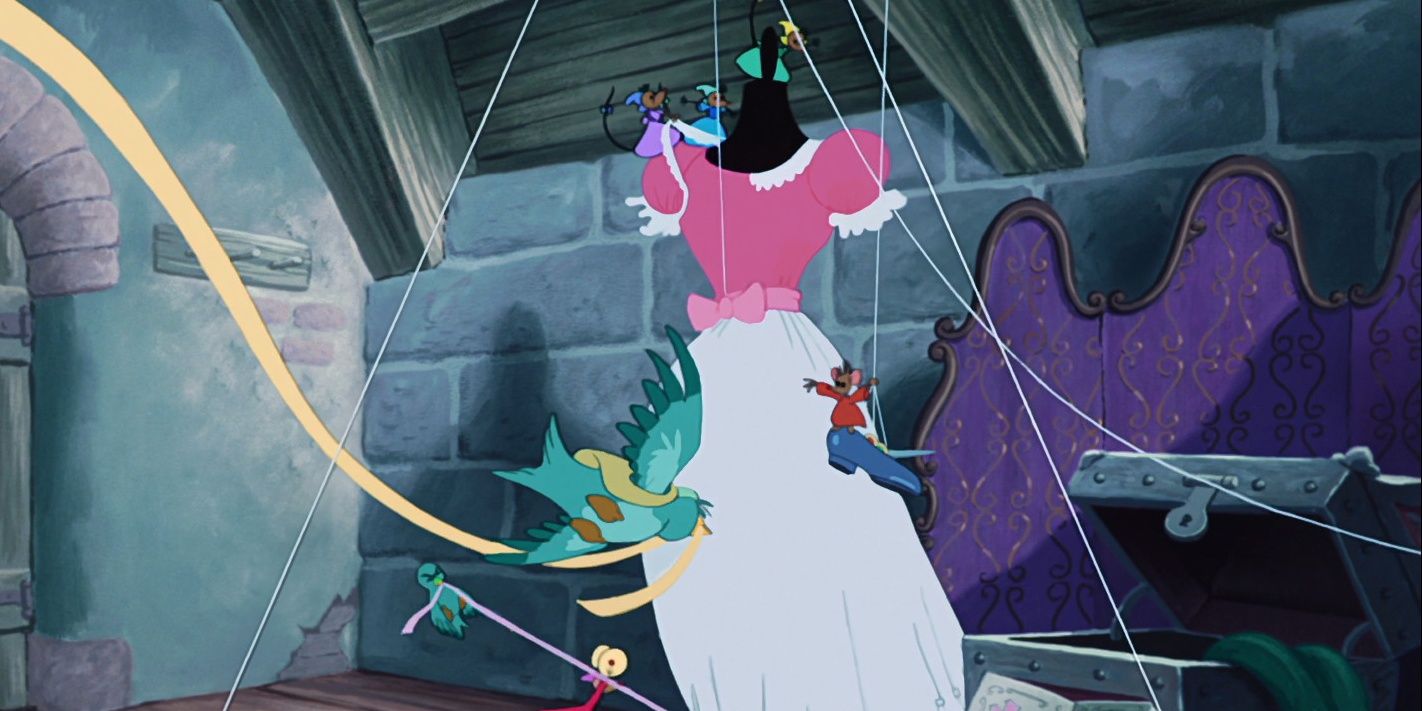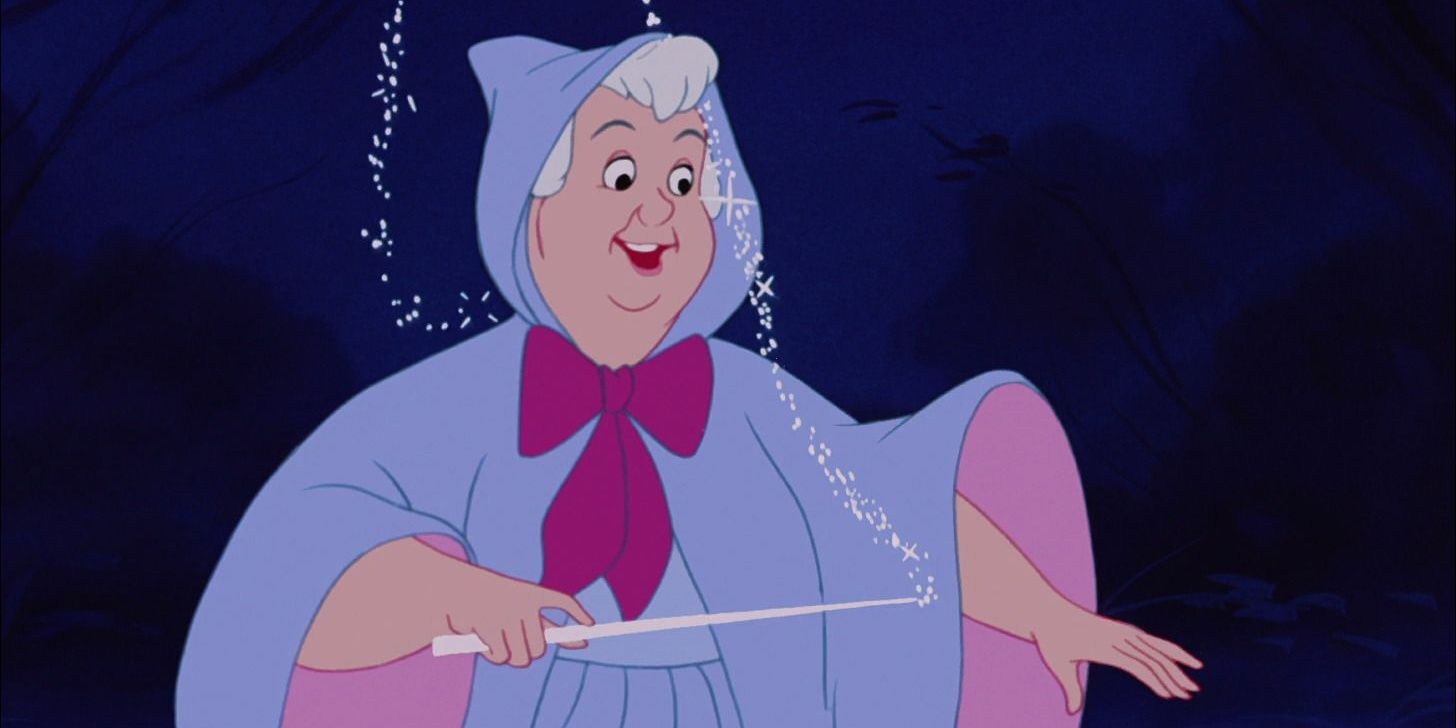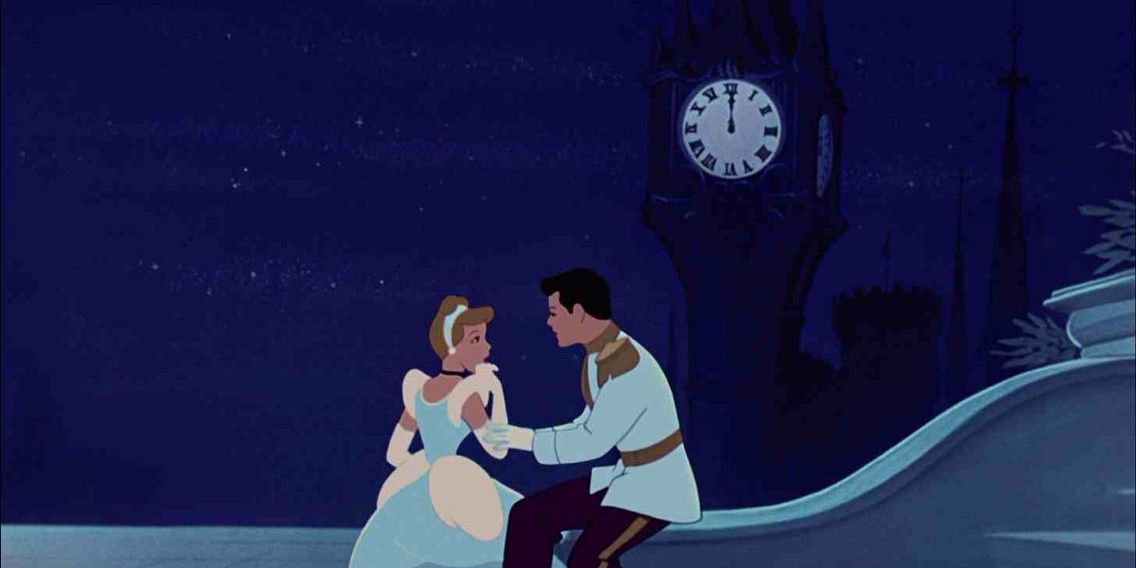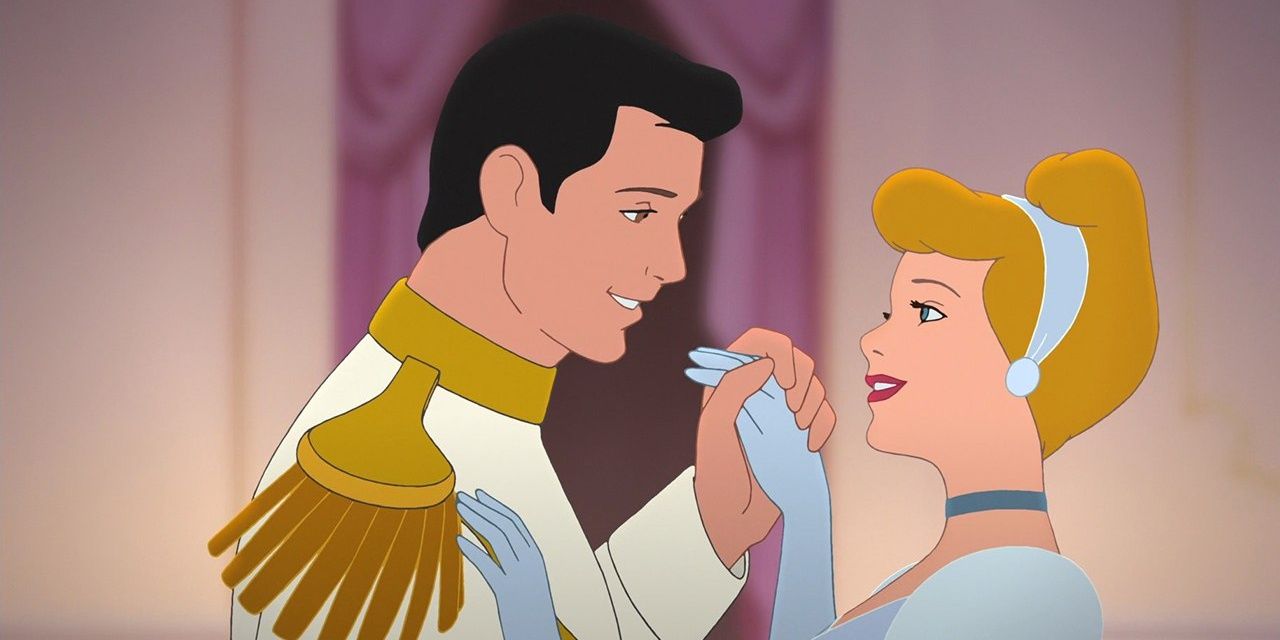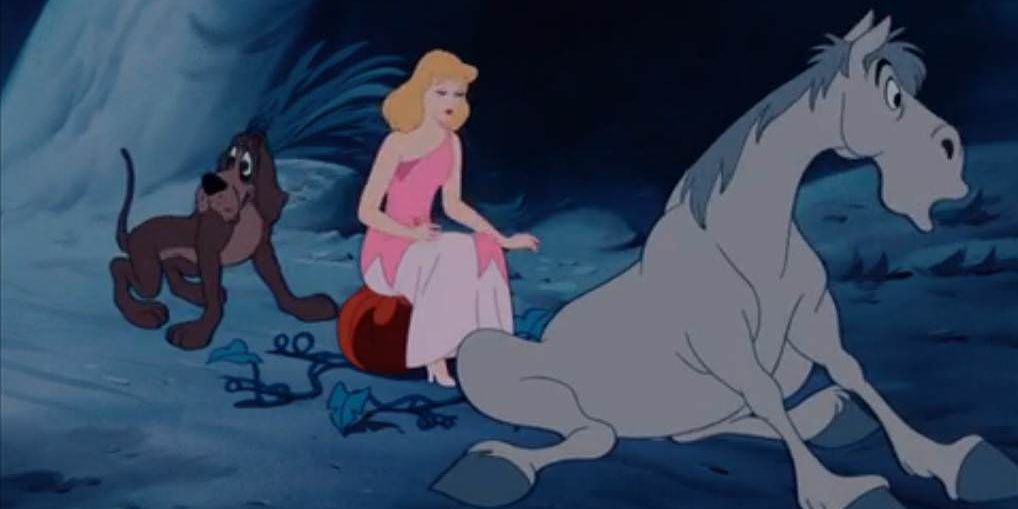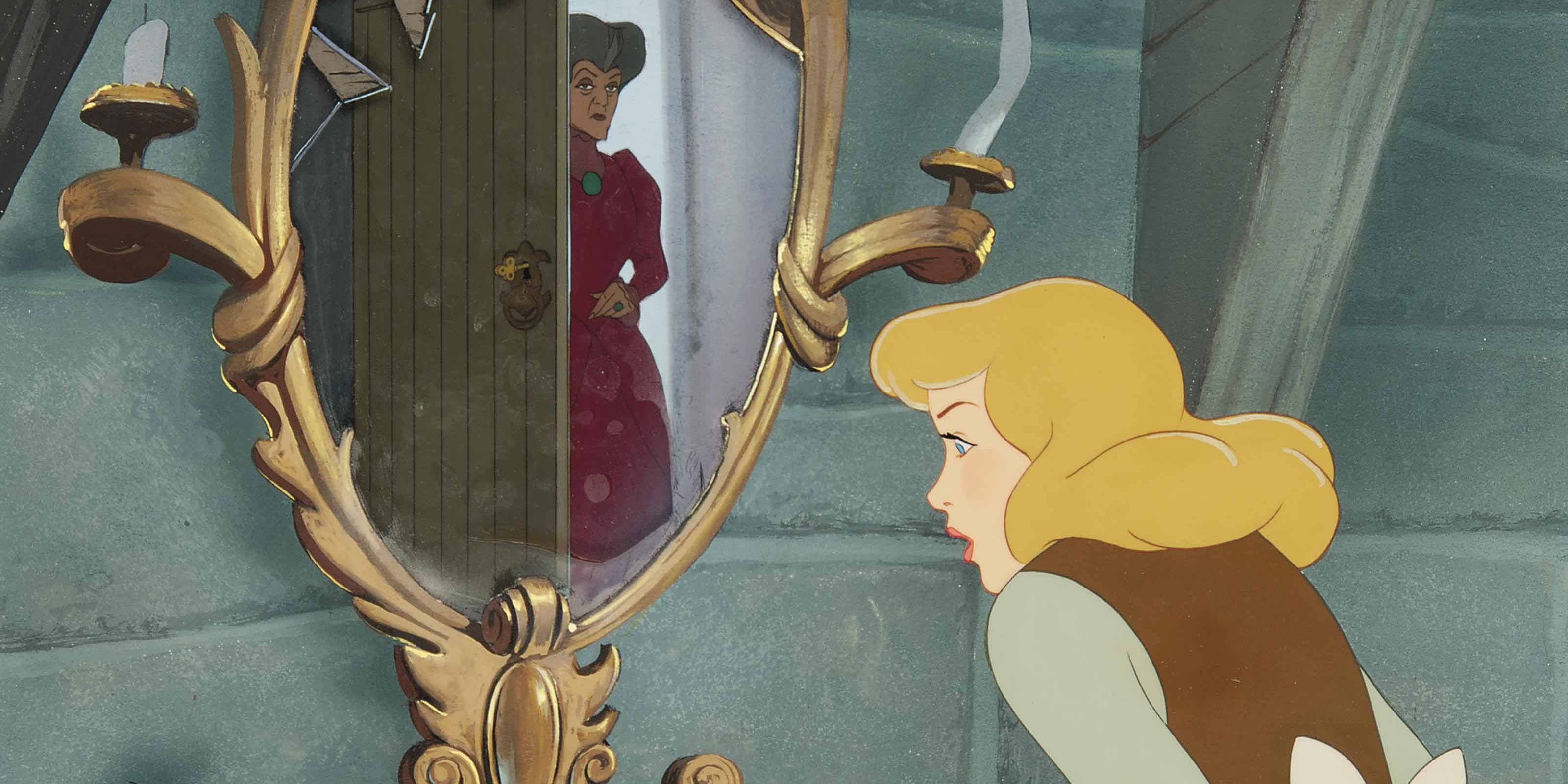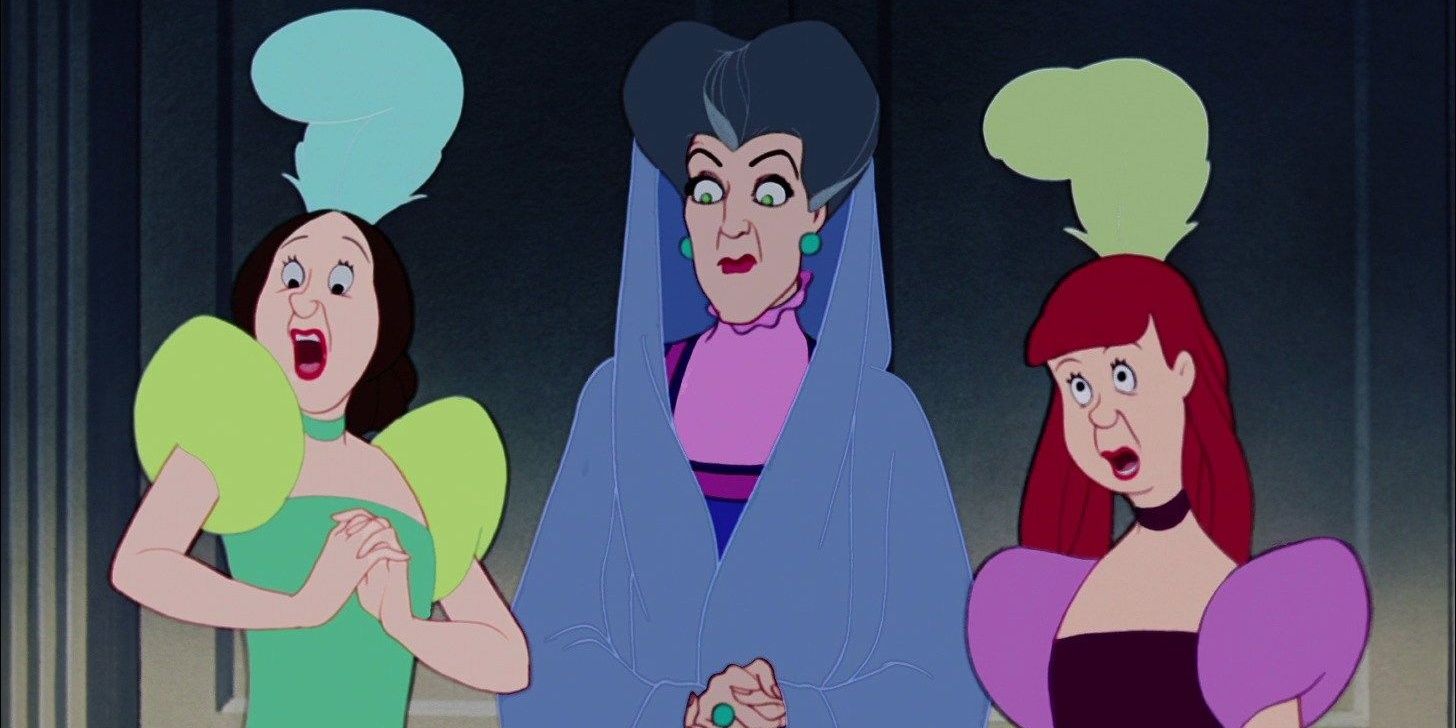It has been seventy years since Disney released Cinderella, one of its most iconic and memorable movies. Cinderella became an instant critical success and even saved Disney from bankruptcy. Yet, the story of Cinderella is hundreds of years old with the earliest version of the story traced all the way to Ancient Greece.
Since then, there have been plenty of retellings of this famous folk tale. However, most people know the version by Charles Perrault, who added well-known elements such as the Fairy Godmother and the glass slipper. Disney stuck with Perrault's more friendly and magical version, albeit with a few changes.
They Killed Off Her Father
In the movie, Cinderella is left in the care of her evil stepmother as both her parents are dead. Yet, in Perrault's version, her father is very much alive. Although he has such little impact on the story, that it is as if he was dead anyway.
In the fairy tale, the father is inexplicably unaware of Cinderella's ill-treatment and she is too scared to tell him as the stepmother has him under her thumb. Unfortunately, that is pretty much all the story tells us about her father and therefore, it makes a lot of sense as to why Disney felt it was better to just kill him off.
The Talking Mice
Cinderella has seemingly no friends in the movie, except for a band of cheerful talking mice, who act as her confidants and helping hands when needed. However, in Perrault's fairy tale not only are there no talking mice but there are no helpful animals at all.
Interestingly, in the Grimm Brother's version, which was released after Perrault's one, Cinderella has tons of helpful and magical birds. The mice added a lot of humor to the movie and helped to pad out its runtime. Also, it is not surprising that Walt Disney would think that the inclusion of some mice would help to set his version apart.
The Eccentric King
Disney has a unique way of creating some pretty ridiculous characters and the Prince's father and King was certainly one of them. Short-tempered yet a romantic at heart, the King desperately wanted his son to get married and have children.
Yet the king barely appears in the fairy tale. Thankfully, Disney's addition of the silly king helped to add some comedic relief and somewhat explained the Prince's backstory.
She Planned To Go To The Ball
In the movie, Cinderella originally planned to go to the ball. Through the help of her animal friends, Cinderella refashions a dress that belonged to her mother. Unfortunately, because the stepsisters are just plain awful, they rip the dress to shreds while she is still wearing it.
In the folktale, Cinderella never has that kind of agency and instead only thinks of going to the ball after the sisters have left.
The Fairy Godmother Uses Magic For Everything
In the movie, Cinderella is heartbroken that she can't go to the ball. Suddenly, her Fairy Godmother appears and magically transforms everything she needs for the ball.
However, in Perrault's version, the Fairy Godmother does some manual labor first. She scoops out the insides of a pumpkin, goes looking for mice in a mousetrap and makes Cinderella look for lizards in order to turn them into footmen.
The Ball Was Only One Night
In the 1950 film, Prince Charming meets and falls in love with Cinderella in one magical and fantastic night. Yet, in the fairy tale and in most of the other versions of the story, the ball often lasts for more than one night.
In Perrault's retelling, there are a total of two balls, wherein the Prince becomes more and more infatuated with her. On the second night, Cinderella becomes so enamored with his flattery that she loses track of the time and is forced to run away from the Prince, leaving only one glass slipper behind.
She Only Dances At The Ball
In the Disney adaption, Cinderella and Prince Charming spend most of the ball dancing with each other. Yet, the fairy tale adds a lot more detail about her time spent at the ball.
On the first night, she dances with the Prince and has a pleasant exchange with her stepsisters who do not recognize her. While, on the second night, the Prince doesn't leave her side and speaks to her the whole night.
The Epic Chase Scene
In one of the scarier scenes in the movie, Cinderella is chased by the guards after she runs out of the palace. While being chased, her coach transforms and she narrowly escapes being trampled by the guards. Thankfully, she and all her animal friends make it home safe.
Sadly, the fairy tale is not nearly as thrilling. Instead, Cinderella hurriedly leaves the Prince, and by the time she reaches the palace gates, she has already transformed into her old clothes. Therefore, the guards had no one to chase as the only person they saw leave was a shabbily dressed girl.
Lady Tremaine Figures Out Cinderella Went To The Ball
Like almost all stepmothers in Disney movies, Lady Tremaine is pretty evil and locks Cinderella up in the attic so that she can't have the shoe fitted. Later, when Cinderella escapes from the attic, she trips the footman so that the slipper would shatter.
Unfortunately, Perrault's version is a lot less dramatic. Instead, when the footman arrives, the stepsisters tease Cinderella for even thinking about trying it on. Notably, unlike in the Disney version, the stepsisters immediately beg for her forgiveness after they realize the truth.
The Stepsisters Have An Ambiguous Ending
At the end of the original 1950 version, it isn't really clear what happens to the two stepsisters. Yet, in the original tale, Cinderella has no ill feelings towards her stepsisters and instead gives them a home in the palace and marries them off.
Although Disney didn't really give the stepsisters an ending in the original film, they did build on their stories in the very unsuccessful direct-to-video sequels, Cinderella II: Dreams Come True and Cinderella III: A Twist in Time.

